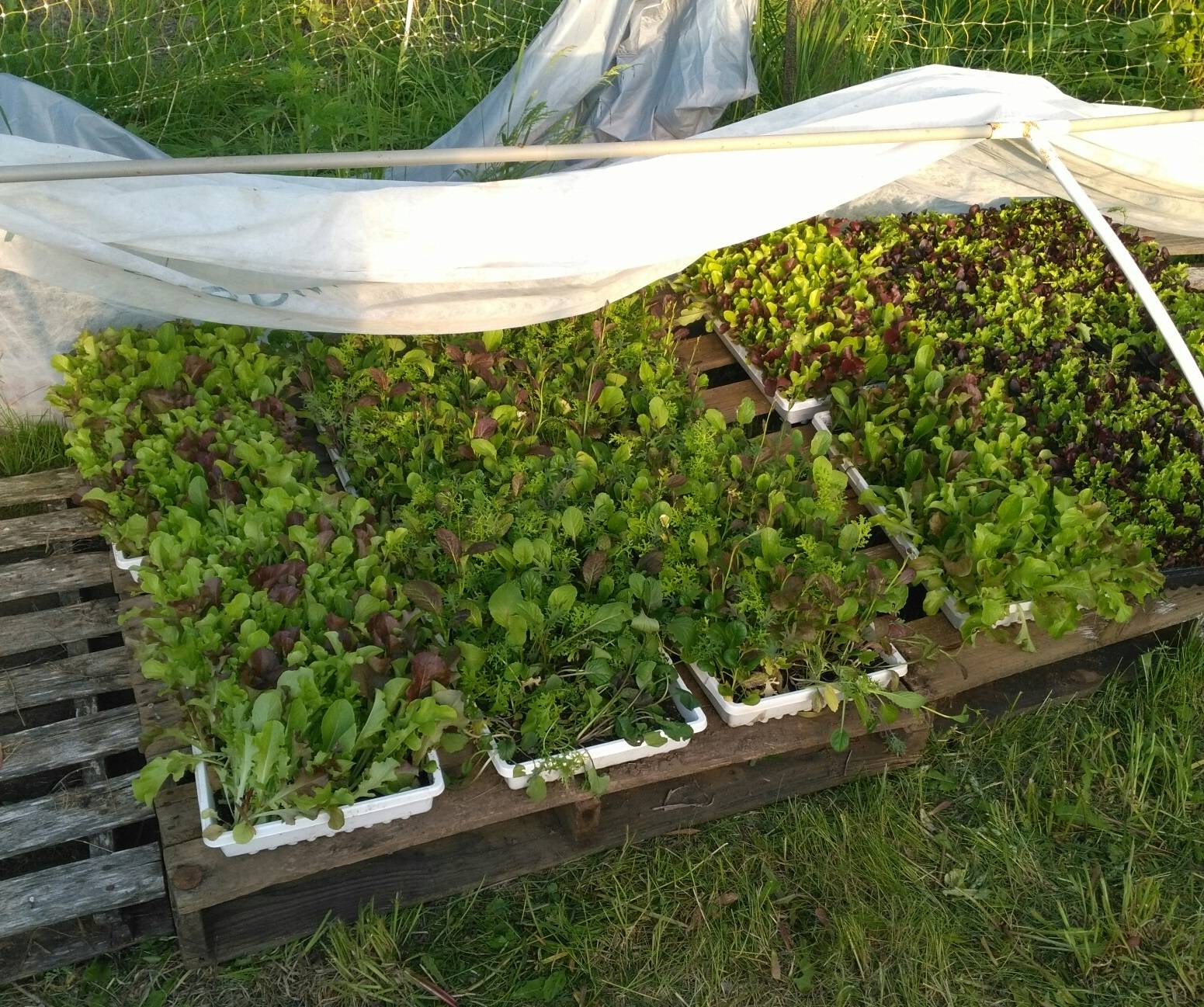African Americans have lost millions of acres of farmland across the South during the last century, in a trend propelled by economic forces, racism and white economic and political power. Most
Pin on Vintage Photos
To be brief, farmers are very much dispirited at the outlook, while they have worked harder for the last two years than at any time within my knowledge. Source: Paul D. Escott and David R. Goldfield, Major Problems in the History of the American South, Vol. II, The New South (Lexington, Mass.: D.C. Heath and Company, 1990), 83-85.

Source Image: en.wikipedia.org
Download Image
In the South, living the American dream meant possessing slaves, producing cotton, and owning land. Despite this unequal distribution of wealth, non-slaveholding whites shared with white planters a common set of values, most notably a belief in white supremacy. Whites, whether rich or poor, were bound together by racism.

Source Image: discoveringbelgium.com
Download Image
Mixing trees and crops can help both farmers and the climate Plain Folk of the Old South. Plain Folk of the Old South is a 1949 book by Vanderbilt University historian Frank Lawrence Owsley, one of the Southern Agrarians. In it he used statistical data to analyze the makeup of Southern society, contending that yeoman farmers made up a larger middle class than was generally thought.

Source Image: pbs.org
Download Image
What Did Most Farmers In The South Not Own
Plain Folk of the Old South. Plain Folk of the Old South is a 1949 book by Vanderbilt University historian Frank Lawrence Owsley, one of the Southern Agrarians. In it he used statistical data to analyze the makeup of Southern society, contending that yeoman farmers made up a larger middle class than was generally thought. 1. The Challenges of Rural Life. 2. Farmers Begin to Organize. 3. Politicization and the Creation of the Populist Party. 1. The Challenges of Rural Life. Together, the extension of railroads into the countryside, the rise of the industrial economy, and the expansion of consumerism transformed rural America.
How gardens enable refugees and immigrants to put down roots in new communities | PBS NewsHour
People who were plantation owners were the upper crust of Southern society, and the people who were not slave owners were likely to have felt that having enslaved African-Americans around is what High income crops for the small or backyard grower

Source Image: new-terra-natural-food.com
Download Image
Back to the land: are young farmers the new starving artists? | Farming | The Guardian People who were plantation owners were the upper crust of Southern society, and the people who were not slave owners were likely to have felt that having enslaved African-Americans around is what

Source Image: theguardian.com
Download Image
Pin on Vintage Photos African Americans have lost millions of acres of farmland across the South during the last century, in a trend propelled by economic forces, racism and white economic and political power. Most

Source Image: pinterest.com
Download Image
Mixing trees and crops can help both farmers and the climate In the South, living the American dream meant possessing slaves, producing cotton, and owning land. Despite this unequal distribution of wealth, non-slaveholding whites shared with white planters a common set of values, most notably a belief in white supremacy. Whites, whether rich or poor, were bound together by racism.

Source Image: sciencenews.org
Download Image
Plant a Three Sisters Garden: Corn, Beans, and Squash | The Old Farmer’s Almanac Distribution of wealth in the South became less democratic over time; fewer whites owned slaves in 1860 than in 1840. Figure 12.3.1: As the wealth of the antebellum South increased, it also became more unequally distributed, and an ever-smaller percentage of slaveholders held a substantial number of slaves.

Source Image: almanac.com
Download Image
Pin by Agricultural Invest. on Agriculture Quotes | Farm life quotes, Farmer quotes, Country quotes Plain Folk of the Old South. Plain Folk of the Old South is a 1949 book by Vanderbilt University historian Frank Lawrence Owsley, one of the Southern Agrarians. In it he used statistical data to analyze the makeup of Southern society, contending that yeoman farmers made up a larger middle class than was generally thought.

Source Image: pinterest.com
Download Image
Why Organic? / Riverford 1. The Challenges of Rural Life. 2. Farmers Begin to Organize. 3. Politicization and the Creation of the Populist Party. 1. The Challenges of Rural Life. Together, the extension of railroads into the countryside, the rise of the industrial economy, and the expansion of consumerism transformed rural America.

Source Image: riverford.co.uk
Download Image
Back to the land: are young farmers the new starving artists? | Farming | The Guardian
Why Organic? / Riverford To be brief, farmers are very much dispirited at the outlook, while they have worked harder for the last two years than at any time within my knowledge. Source: Paul D. Escott and David R. Goldfield, Major Problems in the History of the American South, Vol. II, The New South (Lexington, Mass.: D.C. Heath and Company, 1990), 83-85.
Mixing trees and crops can help both farmers and the climate Pin by Agricultural Invest. on Agriculture Quotes | Farm life quotes, Farmer quotes, Country quotes Distribution of wealth in the South became less democratic over time; fewer whites owned slaves in 1860 than in 1840. Figure 12.3.1: As the wealth of the antebellum South increased, it also became more unequally distributed, and an ever-smaller percentage of slaveholders held a substantial number of slaves.